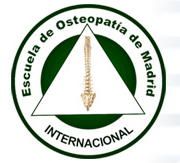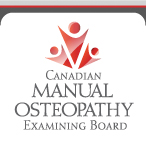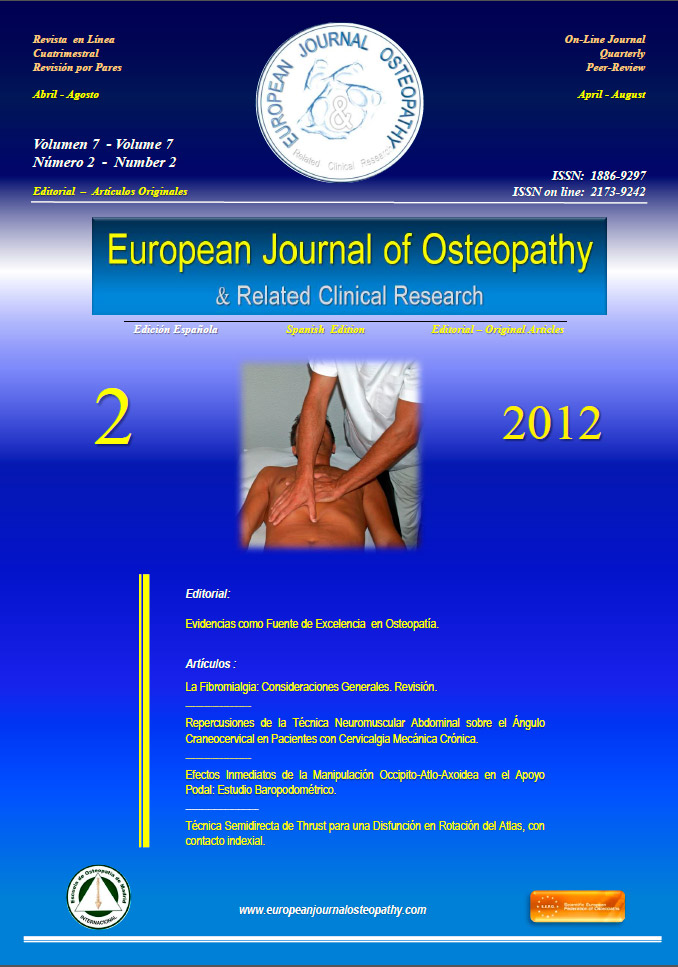By Louise Vesper, GCF
“What you can do you can imagine, and what you can imagine you can do.” – Moshe Feldenkrais
Over a year ago, a colleague informed me that a local nursing home was interested in weekly Feldenkrais® classes. Because both of my parents are in a skilled nursing facility, I was reluctant to teach at a nursing home, afraid it would make me too sad for myself, my parents and the residents that I would be teaching. I decided to meet with the Activities Director with an open mind. The minute I walked in the door, I knew that I was in a place of healing and life. Her enthusiasm, compassion and excitement for the learning offered to the residents inspired me.
The week after Thanksgiving 2005, I taught my first Feldenkrais Awareness Through Movement class for approximately 15 residents. I have continued to teach each Tuesday at noon and we recently celebrated one year of learning together.
“The Feldenkrais Method®, rather than giving fixed solutions to our problems, invites us to explore ourselves in a deep way, to discover within ourselves possibilities of which we never dreamed, possibilities that can lead us to a new and better life” Carl Ginsburg, Ph.D., Feldenkrais Trainer.
Initially, it was difficult for class members to sit quietly, focus, and pay attention to themselves. Their eyes wandered. I broke each movement down into many pieces to help the class understand the lesson.
Anyone observing a class might think at first glance that some of the residents are sleeping, but the elders are in tune with themselves and each other. Whether they are moving in their imagination or in actual movement, they are benefiting, because the brain is receiving the same messages.
Early on, to get to know each other, we started each class with a question: their city of birth, favorite singer, movie, color, season, or holiday. These opening questions quickly established a closeness and comfort level in the group.
Throughout and after the class, I compliment everyone individually and collectively on the level of self-care and attention that they are capable of now, and continue to grow in.
After many months of classes, residents are able to sit quietly, “move small,” move in their imagination, pay attention to themselves, and follow verbal instructions. They display increased awareness of their surroundings, as shown in a sense of directionality (looking/moving toward the ceiling, right and left) and smiling at each other. I now teach in a quiet manner. I observe the class responding to the quietness by their breathing becoming slower and deeper, their weight settling into their chairs, and many of them coming in and out of the movements in the lesson.
In the last three classes, we did an Awareness Through Movement lesson that involved the voice and breathing. Class members loved it. Even the people that did not use their voice expressed sound with their eyes, hands, or feet. Their familiarity with it increased each week that we did the same lesson.
One of the reasons that the Feldenkrais Method is so successful with people in wheelchairs and/or with dementia is that it’s not about what the movement looks like. There is no right or wrong way. It’s about sensing movement inside, moving in your imagination, or smaller than you ever thought you could do. It’s about paying attention to yourself. Many people may assume that elders who are limited physically by wheelchairs or cognitively by dementia cannot move, follow instructions, or change. I witness successes each week. I see people continually changing.
Now, the class understands questions such as: “What does the back of your neck feel like when you open your jaw? Can you turn your head and feel movement in your back?” The residents are able to sense the connection between different parts of themselves, and feel more comfort and ease.
Equally important for me is the level of gratitude expressed by the elders. They throw kisses, applaud, and smile. The class knows that I care and pay attention to each person. After class we often take a few minutes to talk about old movies. Recently, class members working collectively remembered the cast of “On the Town”.
Each week, I suggest that class members take one movement from the lesson to do when they feel pain, anxiety, or stiffness. This movement might be breathing, wiggling toes, or just gently turning the head from side to side. One class member reported that she uses movements like this before bed and sleeps better–just one example of how Feldenkrais movement can be self-soothing.
Our weekly class is an opportunity for consistency, and a way for the class members to feel successful while learning, feeling and sensing movement. I’m grateful for this amazing opportunity and I look forward to Tuesdays.
Louise Vesper is a Guild Certified Feldenkrais PractitionerCM and a lifelong Ballet dancer living in Berkeley, CA
e-mail: glitterandlace@hotmail.com
phone: 510-527-9682








 4:31
4:31
 Daniel Enriquez de Guevara
Daniel Enriquez de Guevara




























.jpg)






















0 comentarios :
Publicar un comentario